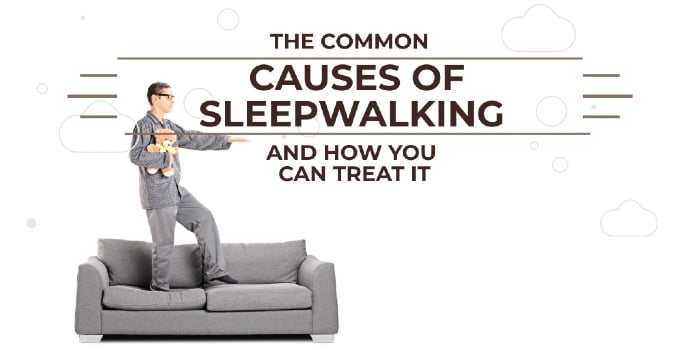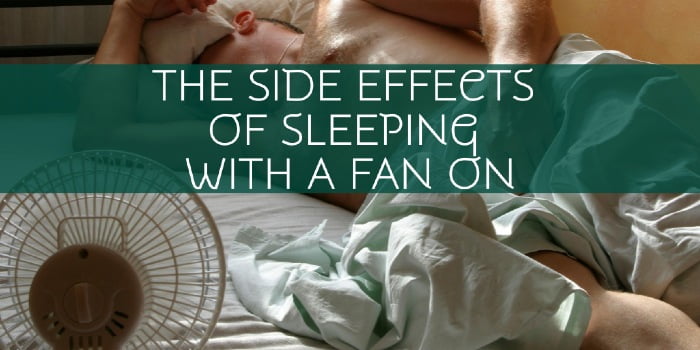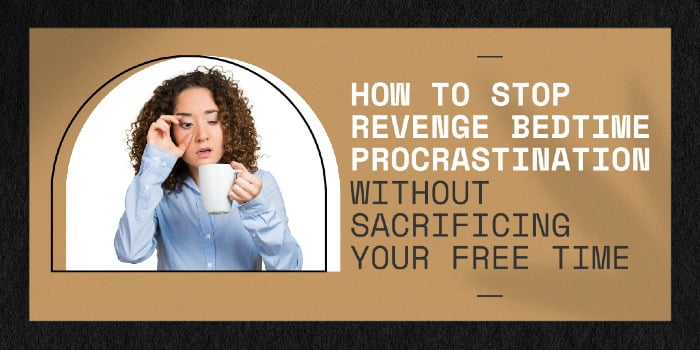Sleepwalking seems like an amusing one-off that really shows how strange people are when they’re asleep.
In fairness, some sleepwalking stories are great light-hearted fun, like this one from Amelia:
“I sat up in bed and told my husband I was in love with someone else. I’m not and wasn’t. The person was apparently named ‘Luigi’ – unsurprisingly my hubby was a bit confused for a few days”.
But sleepwalking can be much more serious – particularly if the sleepwalker puts themselves into danger without realising it. That’s why in this guide, we’re here to talk to you about the common causes of sleepwalking, what you can do to help a loved one and how you can treat it.
Let’s get started.
What is sleepwalking?
First up, let’s talk about what sleepwalking actually is. Also known as somnambulism, sleepwalking is where someone moves around during their sleep, carrying out complex activities.
This isn’t just limited to walking. It can be anything from sitting up in bed, getting dressed, eating, drinking or even more dangerous tasks like cooking, trying to light a fire or driving.
When carrying out these tasks, the sleepwalker is completely asleep. Once awake, they’ll have no memory of it ever occurring.
Sleepwalking tends to occur in the first one to three hours of sleep and most episodes last between 5-10 minutes and are usually unharmful tasks like sitting up in bed or talking. However, other episodes of sleepwalking can last longer and involve more dangerous tasks.

Symptoms of sleepwalking involve:
- Walking or moving around when asleep;
- Having open, but unfocused eyes;
- Carrying out daily routines when asleep;
- Being difficult to wake up;
- Seeming confused or having no recollection of the night’s activities;
- Experiencing night terrors;
- Feeling tired or drained in the morning;
- Unexplained bruises or injuries.
Most of these symptoms will have to be observed by a family member or partner at night. If your partner hasn’t noticed you sleepwalking but you’re struggling with sleep, you might want to look at other sleep disorders that you might be suffering from.
What are the causes of sleepwalking?
The exact cause of sleepwalking is not clear, although scientists have discovered a link between sleepwalking and a section of genetic code on our chromosomes.
However, common causes of sleepwalking are thought to be:
- Excessive tiredness or sleep deprivation;
- Stress or anxiety;
- Fever;
- Interrupted sleep schedule;
- Sleep apnoea;
- Certain medications that affect sleep, such as hypnotics, neuroleptics, stimulants and antihistamines;
- Increased alcohol or caffeine consumption;
- Genetic causes, as sleepwalking tends to run in families;
- Pregnancy or menstruation;
- Poor sleep onset latency – either falling asleep instantly or taking longer than 30 minutes;
- A low-quality sleep environment (i.e. too much light, too noisy);
- Underlying sleep or medical conditions, such as restless legs syndrome or sleep apnea.
These causes of sleepwalking are thought to impact the body’s ability to settle down into non-REM sleep.
For those unfamiliar, every night we should go through 5 different stages of sleep to fully rest and restore your body. There are two main types of sleep within this: REM (Rapid Eye Movement) sleep and non-REM sleep.
- REM sleep is where most of the brain activity happens and is named that way because, underneath your eyelids, your eyes rapidly dart from side to side while you’re asleep. It’s during this stage of sleep that we dream.
- Non-REM sleep is where deep sleep happens and your body gets a chance to rest and recover.
Stages 1-4 of the sleep cycle are non-REM sleep. It’s designed to gradually pull you into a deeper sleep, before naturally repeating the cycle. However, sleepwalking skips stages of the non-REM sleep, meaning you ‘crash’ straight into a deep sleep.
Without properly going through the sleep stages, your body gets confused between being awake and asleep, causing people to get up and carry activities out.
In addition, without going through the full stages of sleep, sleepwalkers are more likely to feel tired, sore, and unrested in the morning as their body didn’t get a full chance to rest and recover during the night.
How rare is sleepwalking?

Sleepwalking affects 3% of adults in the UK.
As far as sleep conditions go, it’s pretty rare, but not unheard of. In fact, that means that out of the 66.65 million people in the UK, just under 2 million of them are sleepwalkers.
If they gathered en mass, it would be like a terrifying zombie experience.
Sleepwalking is far more common in children, affecting roughly 1 in 5 of children at some point in their lives. However, most children tend to grow out of sleepwalking once they hit puberty.
What to do if a loved one is sleepwalking
If you see someone sleepwalking, you need to make sure they’re safe.
Unsupervised sleepwalking can become dangerous, particularly if they try to carry out activities like driving or cooking.
If you think a loved one is sleepwalking, here is what you need to do.
1. Recognise that they’re sleepwalking
If you’re not familiar with sleepwalking or have never seen anyone do it before, it can be a pretty worrying experience. So, the first step is to recognise the signs that someone is sleepwalking.
Generally, sleepwalkers don’t walk around with their arms out like a zombie. They look pretty normal, albeit a little slower and clumsier than normal. The giveaway for sleepwalkers is their eyes and their responses.
Sleepwalkers may have their eyes open, but they’ll often be glazed over or completely unfocused. They might glance in your direction, but their eyes won’t be able to focus in on you at all. However, they will often maintain some sense of where things are, so it’s possible that they’ll move around and even open cupboards or doors without much problem.
Sleepwalkers aren’t aware of what’s going on either, so they’ll be unresponsive. If you talk to them, they might ignore it or respond with gibberish that doesn’t make sense.
2. Try to guide them back to bed
Sleepwalkers can become a danger to themselves if left unattended. So, if you spot a loved one sleepwalking, the best thing you can do is gently try to guide them back to bed.
For this, try not to wake them up. Just grab their hand and gently guide them back to their room and into bed again. Most of the time, sleepwalkers will go back to sleep without incident.
If they are having multiple episodes a night, it might be a good idea to gently wake them up once they’ve settled to prevent another episode later on.
3. Avoid startling them

Unless your loved one is in danger, don’t shout or startle them as they may lash out.
If you’re unable to get them back to bed and you need to wake them up, try to do it by gently shaking them and talking until they come around.
How to manage sleepwalking
There’s no cure for sleepwalking. However, the good news is that for most people, sleepwalking is a temporary condition that will pass with time.
If you think sleepwalking is caused by an external condition, such as extra stress, then you’ll need to get to the cause of that problem to solve it.
Sleepwalking can be managed with lifestyle changes and a healthier sleep routine. That because the better your sleep hygiene is, the more likely your body will be to pass through the 5 stages of sleep in the correct order, rather than ‘crashing’ into a deep sleep which causes sleepwalking.
Some tips to improve your sleep are:
Setting a bedtime and wake up time
This will help your body get into the routine of naturally waking up and going to sleep at a certain time of day, helping make sure that you cycle through all the stages of sleep.
Creating a sleep environment
To get the best sleep, you need a good place to sleep. Make sure your room is free of clutter, distractions and kept cool, dark and quiet. If you’re not comfortable when you get into bed, you may also want to invest in a new mattress.
Limit caffeine and alcohol

Caffeine and alcohol have a big impact on your sleep, preventing your body from producing the hormones it needs to go to sleep. You can read more about how it works here.
Wind down before bed
If stress and worries are keeping you up, it’s a good idea to wind down and try to clear your mind before bed by reading a book, taking a bath or meditating. If you’re not sure what works for you, why not try out these relaxation exercises for sleep.
Avoid using electronic devices before bed
TVs, phones and tablets are not good before bed. The light that they emit interferes with your circadian rhythm, throwing off your body’s natural ability to tell its time for bed. Try putting them down an hour or so before you sleep.
Want more tips? Read our guide on how to transform your sleep with good sleep hygiene here.
When should you worry about sleepwalking?
Most episodes of sleepwalking last between 5-10 minutes over a temporary period of time, such as one of high stress.
However, if you’re experiencing long episodes of sleepwalking or if it’s happening more than one to two times per week, it might be time to consult a GP to understand the underlying conditions that might be causing it.
If your sleepwalking is causing you to do dangerous activities, such as leave the house, drive or cook, you will also want to see your GP to help tackle the problem before a dangerous accident can occur.
Otherwise, continue to monitor the situation and improve your sleep to see if that eases the condition.






